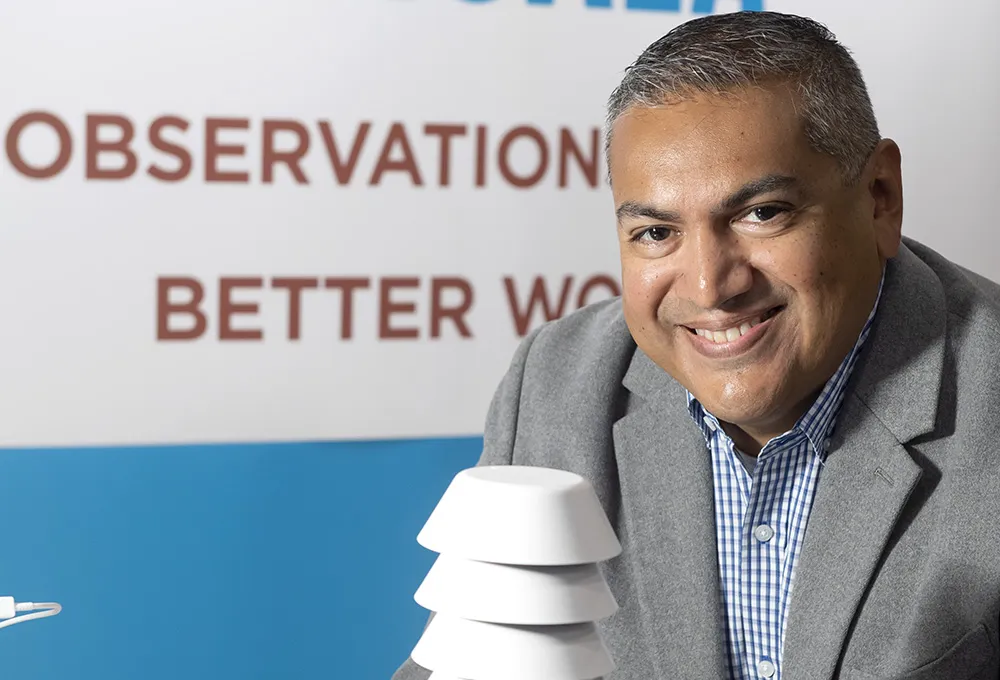
Siemens Mobility and air quality experts EarthSense have launched the Zephyr air quality measurement system for traffic management.
By fully integrating the Zephyr air quality sensor with the traffic signal controller and traffic management system, quality can be measured and monitored in real time.
This allows authorities to make meaningful and timely interventions through Siemens Mobility’s Stratos traffic management system, implementing strategies based on reliable pollution data and prevailing air quality levels.
Zephyr, which is offered as a managed service, has a compact air quality sensor which measures a range of pollutants as well as temperature and humidity to capture an accurate picture of the ambient air quality.
The sensor has a replaceable cartridge system and active sampling process to measure nitrogen dioxide (NO2), nitrogen monoxide (NO), and ozone (O3), as well as particulate matters PM1, PM2.5 and PM10.
Carbon monoxide (CO), hydrogen sulphide (H2S) and sulphur dioxide (SO2) can also be measured, if required, explained Wilke Reints, managing director for the intelligent traffic systems section of Siemens Mobility in the UK.
The system’s real-time monitoring capabilities helps cities meet their air quality targets without putting too much pressure on local economies.
Siemens says that Zephyr is quick and easy to install and commission on any traffic signal pole or lighting column, either as part of a new scheme or retrofitted to existing infrastructure.
It comes in power options, including solar with battery backup and mains.
The device can be connected to low voltage, extra-low voltage and third-party controllers through either a rack-mounted or signal head-mounted power supply.









